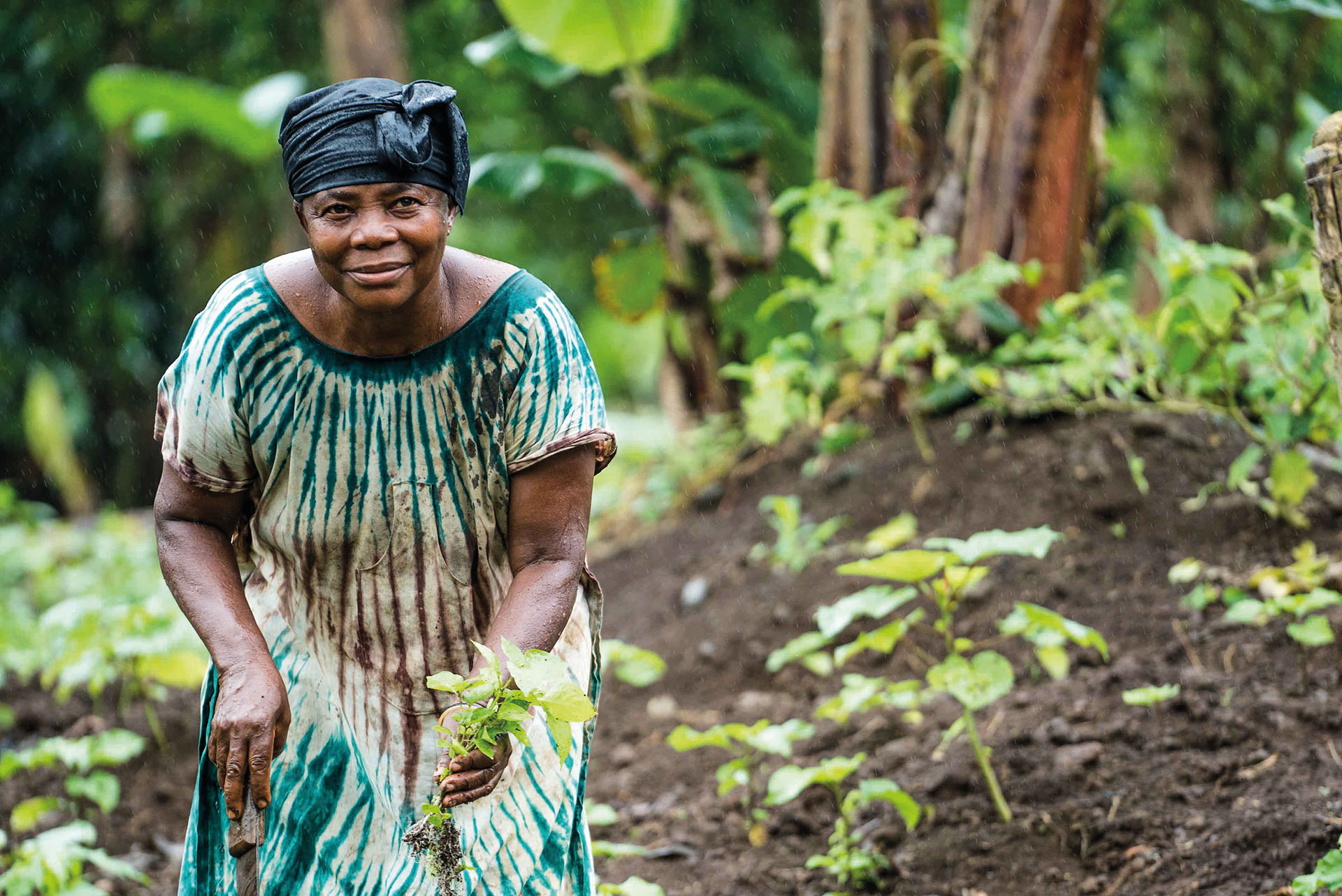Often in the past, policies and programs to protect and expand forests have had an environmental or production focus, while the interest, needs and knowledge of people depending on them have not always been taken into account. Since then, the world has learned many lessons and has come a long way in understanding the importance of local communities’ knowledge and engagement in planning and implementing efforts to reduce forest loss.
REDD+ holds a unique position in this matter, as it has the potential to attract international and national attention while increasing support for strengthening communities’ rights and stewardship of forests and land. However, REDD+ processes have also sparked concern about potential adverse impacts on indigenous and community rights and livelihoods, such as the centralisation of forest management, inequitable benefit-sharing, insufficient effective participation and – in the initial stages of REDD+ process – the lack of free and prior informed consent (FPIC). Why did this happen?
It comes as no surprise that REDD+ may result in changes to forest and land management, which may in return affect Indigenous Peoples (IPs) and local communities. Therefore, the active engagement and FPIC of local communities is a must for REDD+ to accomplish its objectives. The degree of participation determines the level of consensus, ownership and the likelihood of successful implementation of REDD+ actions.
There are different levels of participation in REDD+. At one spectrum, local communities – including IPs – might only be informed about REDD+ process and decisions (information), or only be asked about specific matters (consultation). At the other spectrum, they are fully engaged in information, analysis and debate and also influence final decisions (collaboration and empowerment). Communities are called to be the driving force in REDD+ implementation, and as such, countries must strive to reach the maximum level of participation. Efforts to empower and engage communities and IPs as actively as possible will certainly pay off in the long-term with more tailored decisions and more sustained social and environmental benefits.

Given the importance of such efforts to REDD+, various guidelines have been integrated into relevant REDD+ standards. UNFCCC has adopted safeguards on full and effective participation of relevant stakeholders, in particular, indigenous peoples and local communities. Voluntary REDD+ Social Environmental Standards also adopts a provision of FPIC of IPs and local communities for activities affecting rights to lands, territories and resources.
Under the UN-REDD Programme and the Forest Carbon Partnership Facility, guidelines on stakeholder engagement for REDD+ readiness have also been developed. The UN-REDD Programme has additionally developed specific Guidelines on FPIC that outline a normative, policy and operational framework for UN-REDD Programme partner countries to seek FPIC. The Green Climate Fund (GCF) has developed an indigenous peoples policy, and an Environmental and Social Policy, which aim at ensuring the meaningful and effective consultation and participation of the affected communities. Supported by various initiatives and programmes, many countries are advancing when it comes to the inclusion of local communities in various stages of the REDD+ decision-making processes.
To strengthen the engagement and decision-making capacity of indigenous peoples in Panama, the UN-REDD Programme implemented a community forest-monitoring project, by which members of the indigenous councils were trained in the use of drones. The training included the preparation of flight plans, arming and manoeuvring drones, image processing, and mapping with high-resolution images. This helped the communities to spot illegal deforestation activities occurring on their lands. These monitoring efforts also led to the preparation of community forestry plans, which are essential for the sustainable management of their land. Supported by the Rainforest Foundation, the councils are now learning the legal steps necessary to stem illegal activities.
During the preparation of the REDD+ national strategy and REDD+ national investment of Equatorial Guinea, the country recently organised a series of consultations with local communities and other stakeholders. Supported by the Central African Forest Initiative (CAFI), the consultation helped to tailor and prioritise the REDD+ interventions being proposed, and to be more responsive to local needs behind the causes of deforestation and forest degradation.
In Nepal, the UN-REDD Programme has supported community-based agroforestry cooperatives to develop business plans as part of REDD+ implementation at the local level. By involving representatives of Indigenous Peoples’ and community-based organisations in the development of Sub-national REDD+ Action Plans, FAO helps to ensure that identified actions are locally appropriate, socially beneficial and meaningful to reach national REDD+ strategy goals. The initiative has been scaled up across the country and is also being replicated in neighbouring Himalayan countries.
Projects like these prove again and again that when local communities, smallholders and Indigenous Peoples are effectively engaged, and their territorial rights are legally recognised, they can enhance their positive actions on the ground to protect forests and landscapes, address climate change, and improve their livelihoods. Today, countries are increasingly taking steps to include the participation of local communities in their REDD+ activities. Now it is time to ensure that their participation shifts from a nominal nature to one that is truly interactive and empowering.




